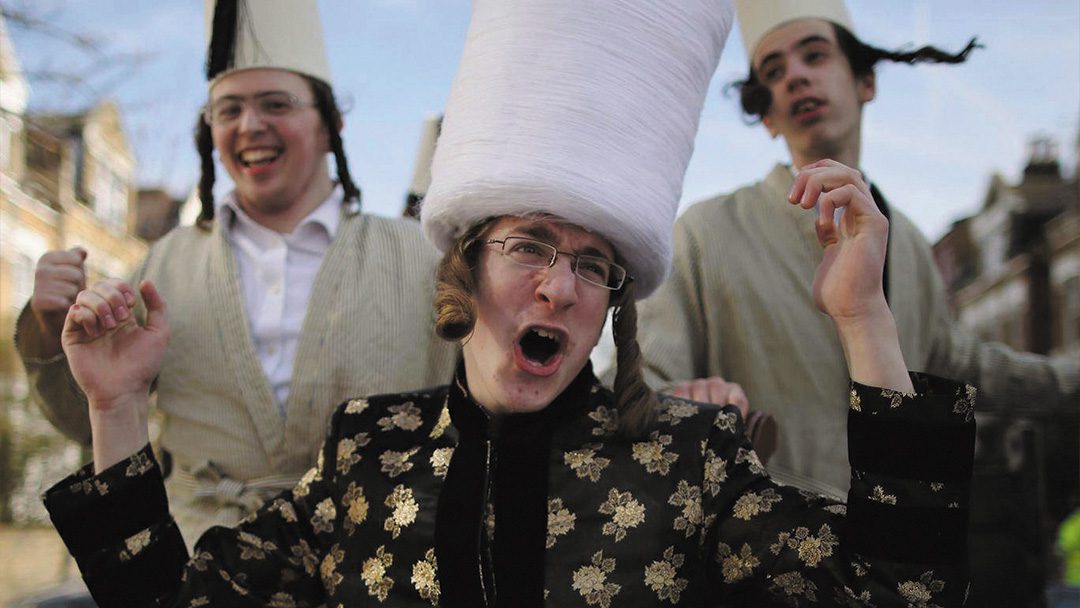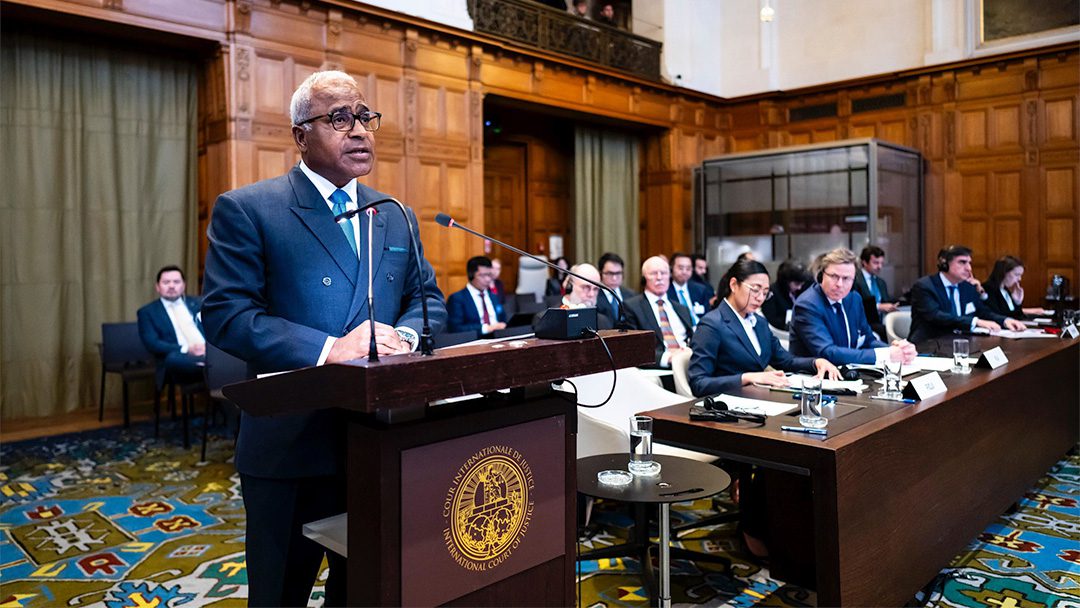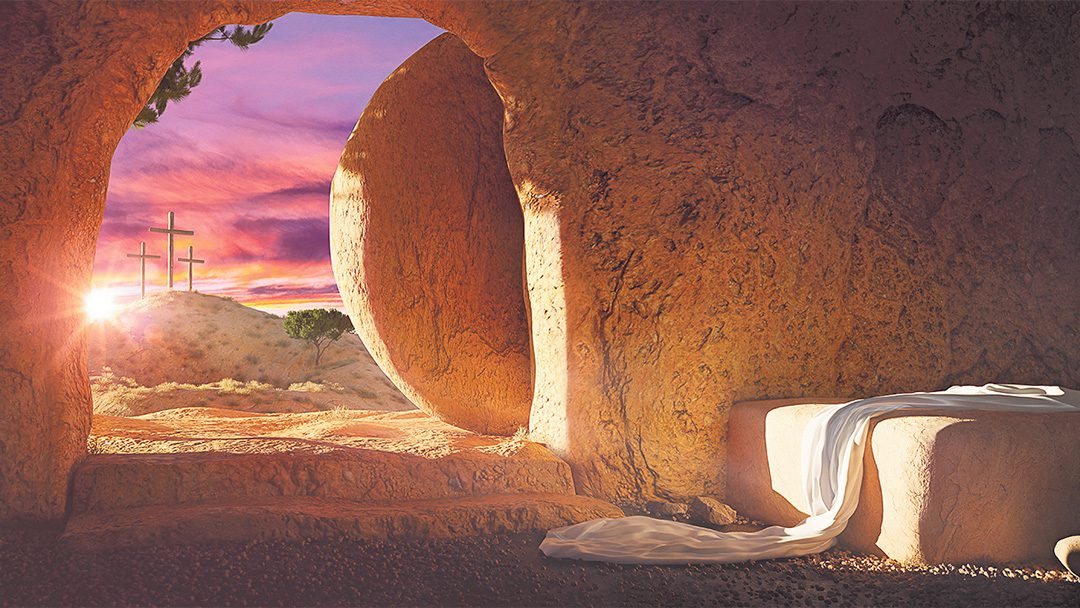We continue—and conclude—a 7 part series about Jerusalem and the Christian pilgrim.
Part 01: We learned that Christians have been visiting the holy city of Jerusalem since the beginning of the church. Christians of all stripes constitute 60% or more of incoming visitors to Israel.
Part 02: The effect of worldwide tourism on overall pilgrim numbers.
Part 03: After the 1967 Six Day War, number of visitors to Jerusalem increased due to the ‘tradition of pilgrimage’ and the innovation of modern tourism.
Part 04: When is a Christian visitor a ‘tourist’ and when is he/she a ‘pilgrim.’
Part 05: A continuation of identifying the Christian visitor as ‘tourist’ or ‘pilgrim.’
Part 06: The nature of today’s Christian visits to Jerusalem.
Now, in this 7th and final part, we will finalise the identity and nature of Christian visits.
First, when you contrast modern tourism with traditional pilgrimage, a Christian visitor, coming on a tourist visa, can still be a fully bona fide pilgrim. Just because there is a strong tourist element, similar to many secular tours, does not mean the journey lacks faith or inspiration. As we learned, being a pilgrim is less about activities and more about faith in the heart.
Like in the early years of the church, there are parallels with visits today. There is less an emphasis on visiting shrines or conducting liturgy, especially since Protestants, evangelicals, and Pentecostals constitute a high-number of visitors to Jerusalem. This is ironic, since these categories of Christians do not have a strong tradition of pilgrimage. In Europe, where Catholic shrines number in the 100s, Protestant pilgrim sites are only 10 continent-wide.
Today’s Christians visit sites that are non-classical, non-traditional, educational, etc. For example, many tours which spend a limited amount of time in Nazareth may elect to visit Nazareth Village, an educational site that recreates the Nazareth of Jesus’ day, rather than visit the Church of the Annunciation (the largest church building in the Middle East) and nearby Mary’s Well. Conferences, study breaks, religious marches, visits to non-Christian or non-Biblical sites, are some of the other ‘non-traditional activities’ they may partake.
A couple of major differences between ancient pilgrimage and today:
Modern pilgrims usually spend less time—significantly less—in the City of the Bible than the ancients. This is understandable: ancient people endured a long journey to get to Jerusalem and felt a long sojourn of several weeks, months, or years, was in order. Today’s visitor may spend no more than 10-14 days on tour nation-wide, not just in Jerusalem.
Second, the pace was very different—the ancients tarried and spent time in devotion. Modern visitors are eager to see as much as they can—as quickly as they can—and it can make for a superficial coverage of the given site.
A third and major difference—even a painful one—is that ancient pilgrims had significant and meaningful interaction with local Christians, often times worshipping and/or boarding with them. This is much less the case with modern pilgrims. Many are often unaware that there are local Christians with whom to fellowship. Even if they are aware, they may be uninterested in connecting due to denominational or even political differences. Besides, the touring schedule is ‘tight’ and many barely have time to breathe, let alone slow down enough to meet with local Christians. The danger of this approach is treating the holy land like Disneyland, altogether forgetting Jerusalem is not an amusement park, but a vibrant city where a variety of people live.
Another possibility that can cause pain and division is politics. Modern Israel is highly politicised on all sides. One has to be very deft on avoiding any political entanglement. The June 2018 visit of HRH Prince William was a case in point, the first official of the royal family in 70 years. British royals have to be scrupulous to convey political neutrality wherever and with whomever they may be. Visiting Tel Aviv, Jerusalem, and the West Bank put Williams’ regal upbringing to the test. By all accounts, he successfully walked the tight-rope, stayed above the fray, and managed to pleased most everyone.
Summary
First, the pattern and nature of Christian visits to Jerusalem have changed since the June 1967 (Six Day) War. Instead of drawing from mainly local Middle East Christians, the post-1967 visitors are worldwide, including from countries that have no diplomatic relations with Israel. Overall numbers of Christian visitors have steadily risen in most recent decades.
Second, it has been argued that a Christian, with faith in his or her heart, is a ‘pilgrim,’ not just a ‘tourist.’ A pilgrim is a person of faith on a long journey to a sacred destination. The journey itself is a ‘pilgrimage’ and the person making the journey is a ‘pilgrim.’ It doesn’t matter what they do—visit Christian or Biblical sites, or conduct liturgies and services or not—as much as who they are. The Bible teaches that our entire earthly life is a pilgrimage, travelling on a journey to a sacred city, whose builder and maker is God (Hebrews 11:10). So since our earthly life in faith is a pilgrimage, then visiting the City of the Bible, mentioned 811 times in Scripture, has to be a pilgrimage, too. In recognition of the ‘faith-based’ nature of Christian visits, combined with a strong element of mass tourism, perhaps we can offer a unique title: Biblical Tourist.












0 Comments